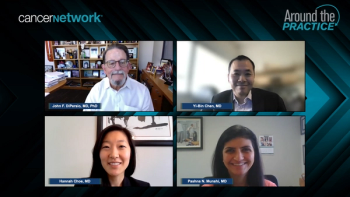
A panel of key opinion leaders in stem cell transplant and cellular immunotherapy reviews the hallmark signs and symptoms of acute GVHD.

Your AI-Trained Oncology Knowledge Connection!


A panel of key opinion leaders in stem cell transplant and cellular immunotherapy reviews the hallmark signs and symptoms of acute GVHD.
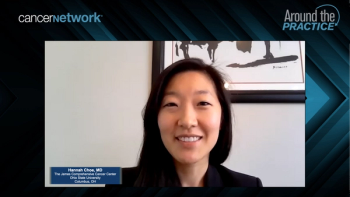
Hannah Choe, MD, guides the panel in a conversation on the protective effects of acute and chronic GVHD including the potential impact on leukemic relapse.
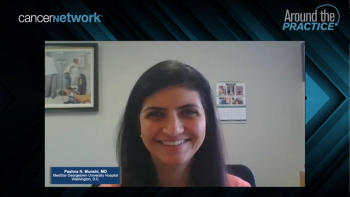
Pashna N. Munshi, MD, and Yi-Bin Chen, MD, examine key differences in the pathologic features of acute and chronic GVHD.
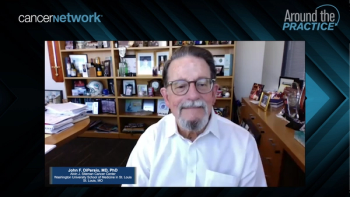
Panelists consider key risk factors for chronic GVHD, including the degree of donor transplant matching, patient age, intensity of conditioning, use of ablative doses of total-body radiation, and presence of acute GVHD.

Thought leaders in stem cell transplant and cellular immunotherapy share insights into how they counsel patients about the challenges associated with the long-term management of chronic GVHD.

Yi-Bin Chen, MD, reviews factors affecting treatment selection among available pharmacological and ex vivo prophylaxis approaches for GVHD.
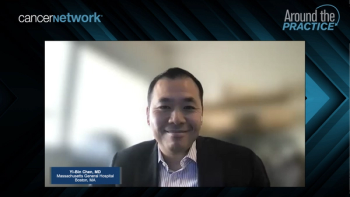
John F. DiPersio, MD, PhD, presents the clinical scenario of a 71-year-old patient postmatched unrelated donor HSCT, and the panel discusses first- and second-line treatment approaches including topical and systemic therapies.

Panelists consider the importance of studying trial drugs in a blinded, randomized fashion to mitigate physician and patient bias regarding patient-reported outcomes for GVHD therapies.

Key opinion leaders in stem cell transplant and cellular immunotherapy review therapeutic considerations for the clinical scenario of a patient with steroid-refractory chronic GVHD.

A panel of experts shares key insights into the role of photopheresis when patients with GVHD progress following initial treatment and emphasize its potential for patients with high skin involvement.

Expert panelists comment on additional treatment options for significant steroid-refractory chronic GVHD following initial therapeutic intervention, including rechallenging with prophylactic agents or initiating B-cell therapy.

In a discussion on the use of ruxolitinib in GVHD, experts consider the potential role of dose reductions or dose holds to mitigate toxicity and comment on experiences with combining or sequencing therapies in later lines of treatment.
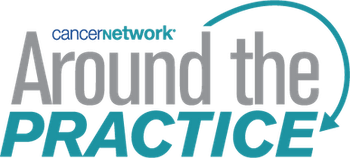
A panel of experts in stem cell transplant and cellular immunotherapy builds a lively discussion on current and emerging treatment options for the management of acute and chronic graft versus host disease.

To close the discussion, panelists reflect on their practices’ guidance on long-acting antibody prophylaxis and vaccination against COVID-19 for patients with graft-versus-host-disease (GVHD).